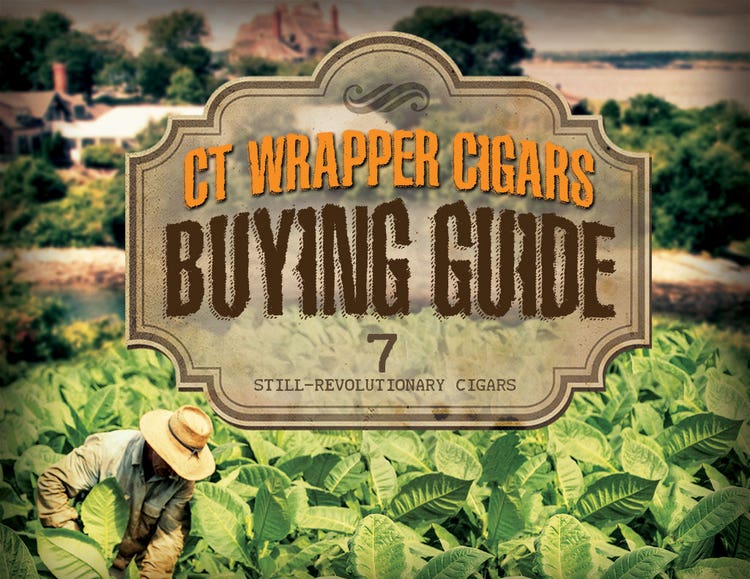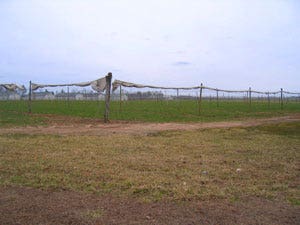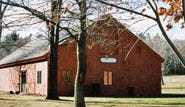
2010 CA Report: Connecticut Wrapper Cigars Buying Guide
Advisor Buying Guide: Connecticut Wrapper Cigars
Connecticut-seed wrapper is arguably the most commonly used leaf for premium cigars and comes mostly in two varieties. The “U.S. Connecticut Shade” variety is grown in the Windsor valley along the Connecticut River under tapados – large cheesecloth tents that prevent the sun from darkening and thickening the leaves. The “Ecuadorian Connecticut” variety is grown in Ecuador, where an ever-present cloud cover acts as a natural shade tent.
U.S. Connecticut is delicately thin, yet very pliable. When cured right, it has a golden brown color, very few veins, and is silky to the touch. The flavor is mild and subtly spicy with sweet, floral notes on the finish. The Ecuadorian-grown variety is usually a little darker in hue, has fewer veins, and offers a slightly richer flavor. However, both varieties have excellent burn properties, and when lit expose a fine, grey-white ash.
Wrapper attributes that make a difference in flavor
Cigars are sorted in the factory by color. The reason for this is so when you open the box there is a consistency to each cigar’s wrapper color, making the cigars more appealing to the consumer’s eye. Additionally, if the wrapper is darker, thicker, or has more noticeable seams, the cigar will be somewhat stronger in flavor.
The Connecticut wrapper cigars featured in this lineup are a good illustration of how the flavor of each cigar can be enhanced by using such a unique leaf. All of these are “natural” Connecticut cigars, yet due to their filler & binder blends, present an impressive array of flavors and strength profiles. Here’s a quick tasting note on each:
CAO Gold Robusto
Nicaraguan tobaccos meld with an Ecuadorian Connecticut wrapper for a rich, yet mellow smoke.
Don Tomas Special Edition #300
A genuine U.S. Connecticut wrapper gives these Honduran-made cigars a creamy, toasty and nutty character.
Gran Habano Connecticut #1 Rothschild
A creamy, earthy and sweet-smoking Honduran cigar that’s been rolled in very delicate Ecuadorian wrappers.
Montecristo #2 Torpedo
A classic! A lush Connecticut shade wrapper surrounds an all-Dominican leaf core for a luxuriously smooth and creamy smoke.
Some Useful Connecticut Leaf History…
The sandy soil of the Connecticut River Valley is very similar to the soil in the Vuelta Abajo region of Cuba. The growing temperature is also similar to that found in Cuba during the winter growing season when fine tobacco is produced.


Nub Connecticut 358
Short-yet-beefy Connecticut wrapper cigars with a Nicaraguan core; together, they render a smooth, medium-bodied smoke laced with complex woody and toasty flavors.
Perdomo Habano Connecticut Robusto
Robust Nicaraguan longfillers swathed in a perfectly-aged Connecticut wrapper make for a full-flavored and complex smoke.
Rocky Patel American Market Selection
A golden Ecuadorian wrapper, plus a Nicaraguan/Honduran leaf blend offer a creamy, toasty and earthy smoke with a sweet aroma.






